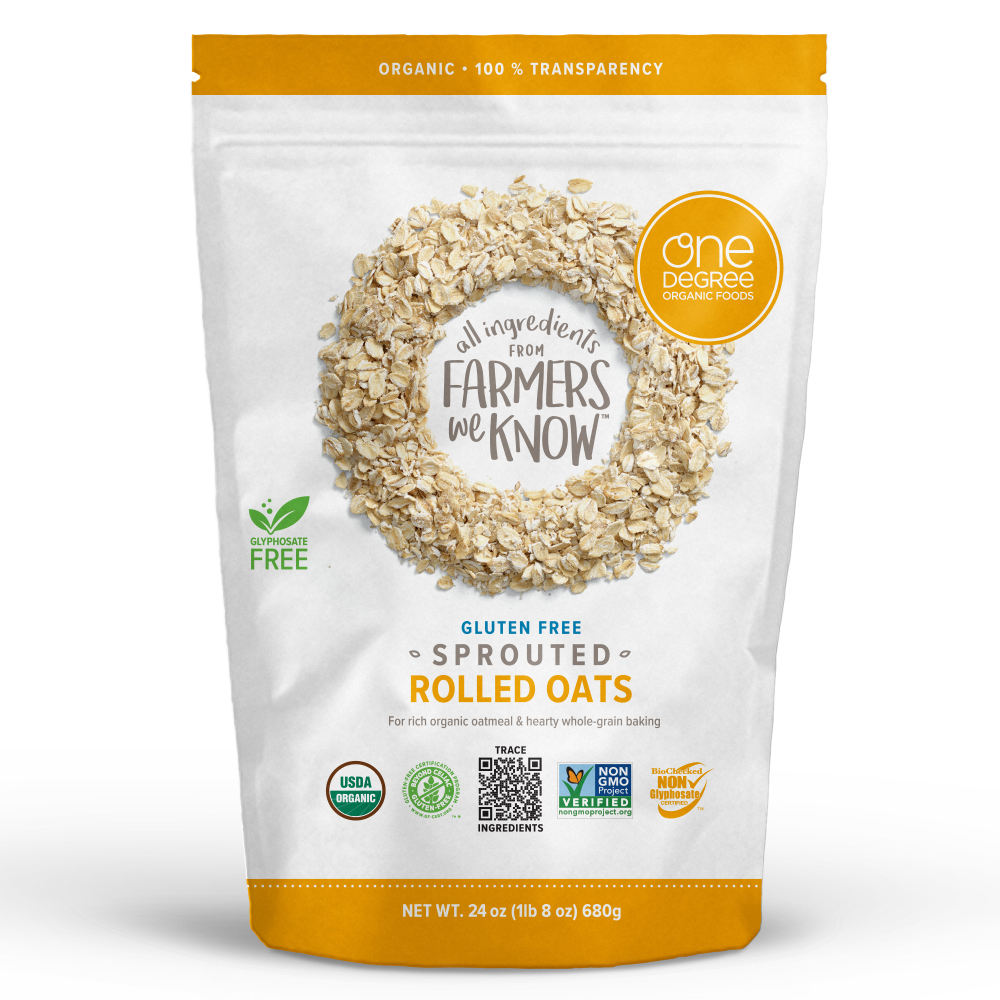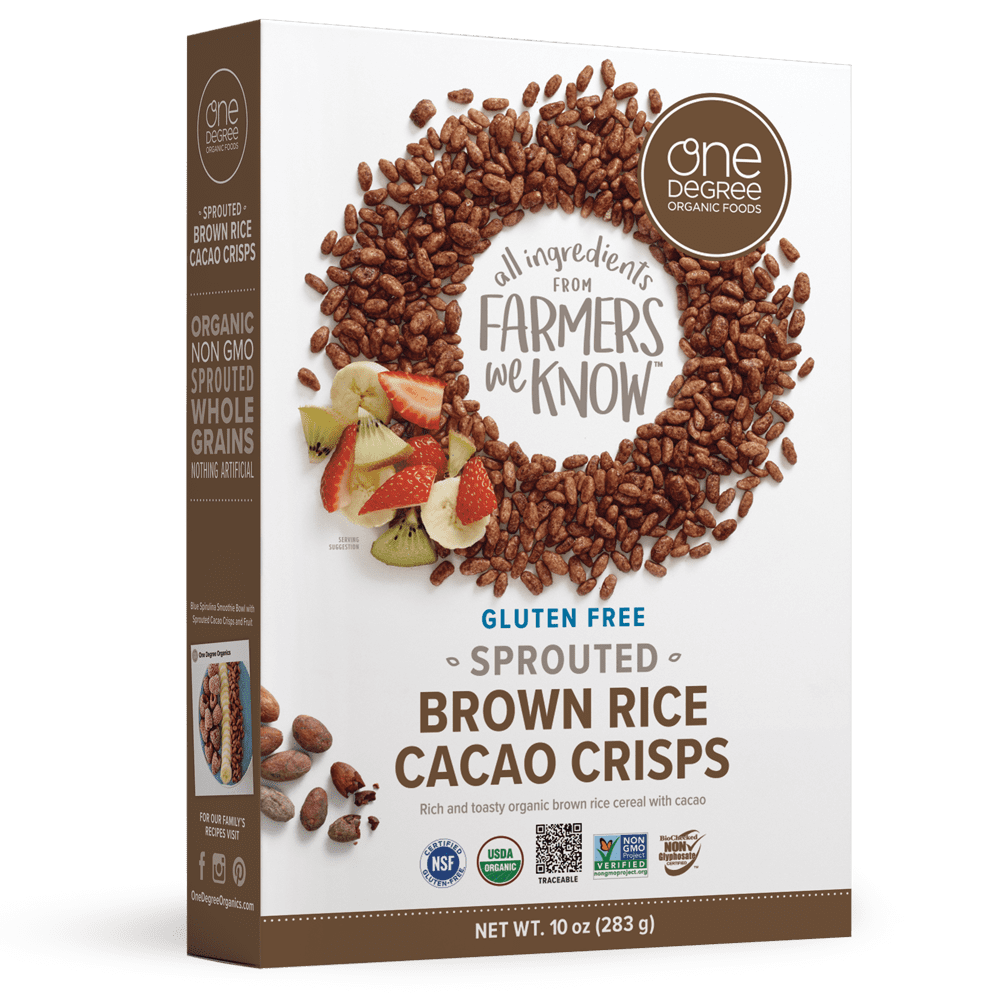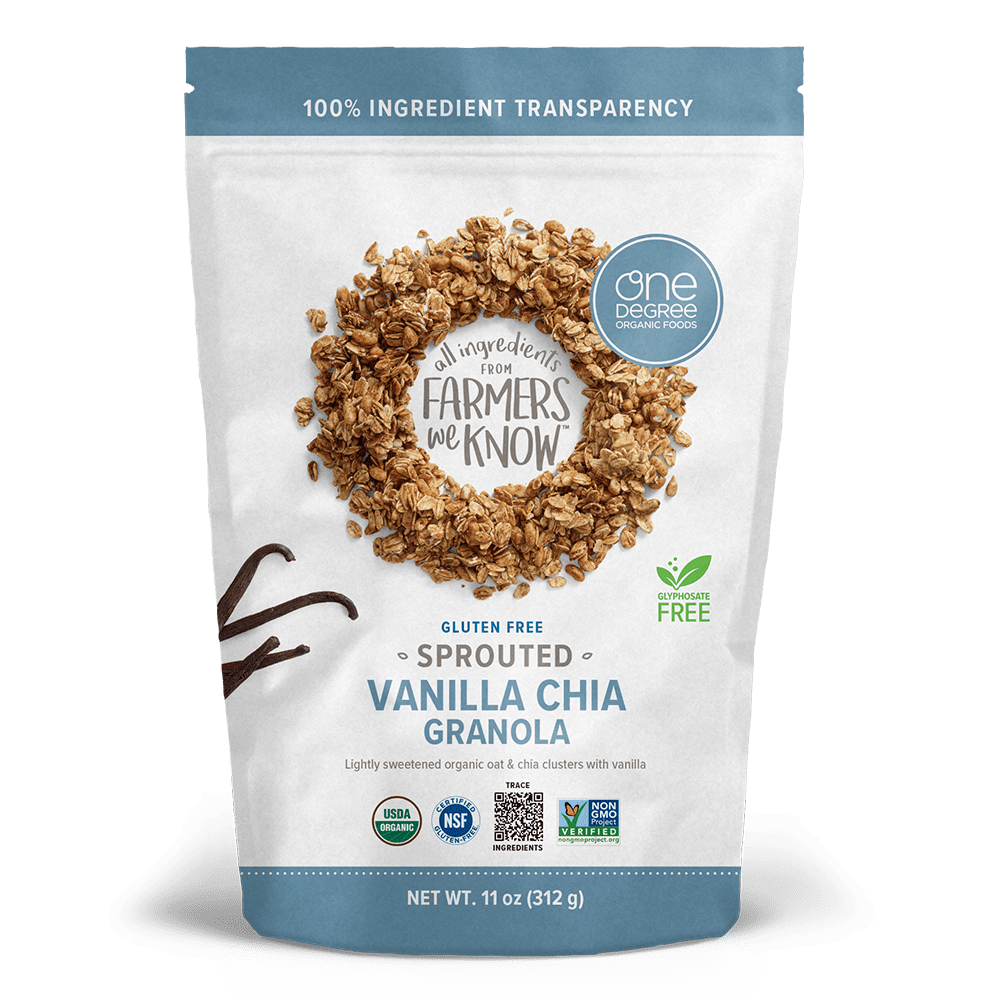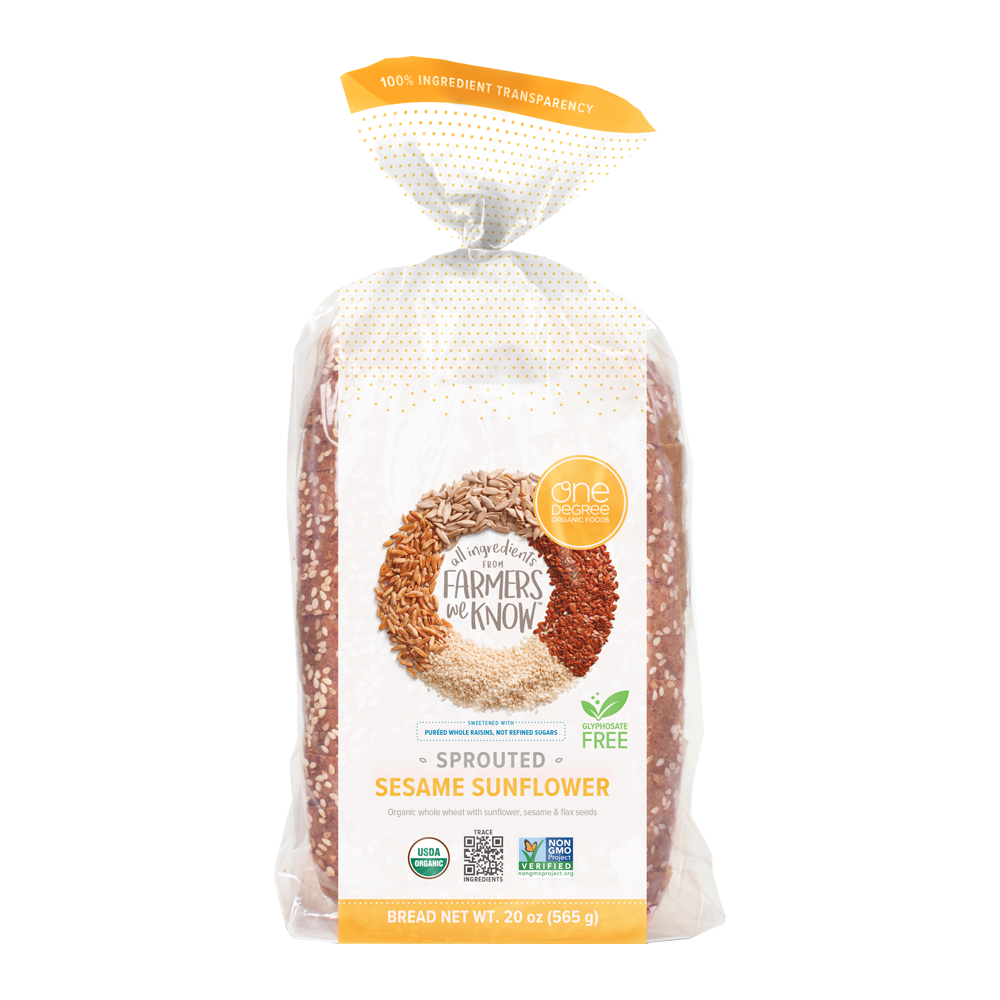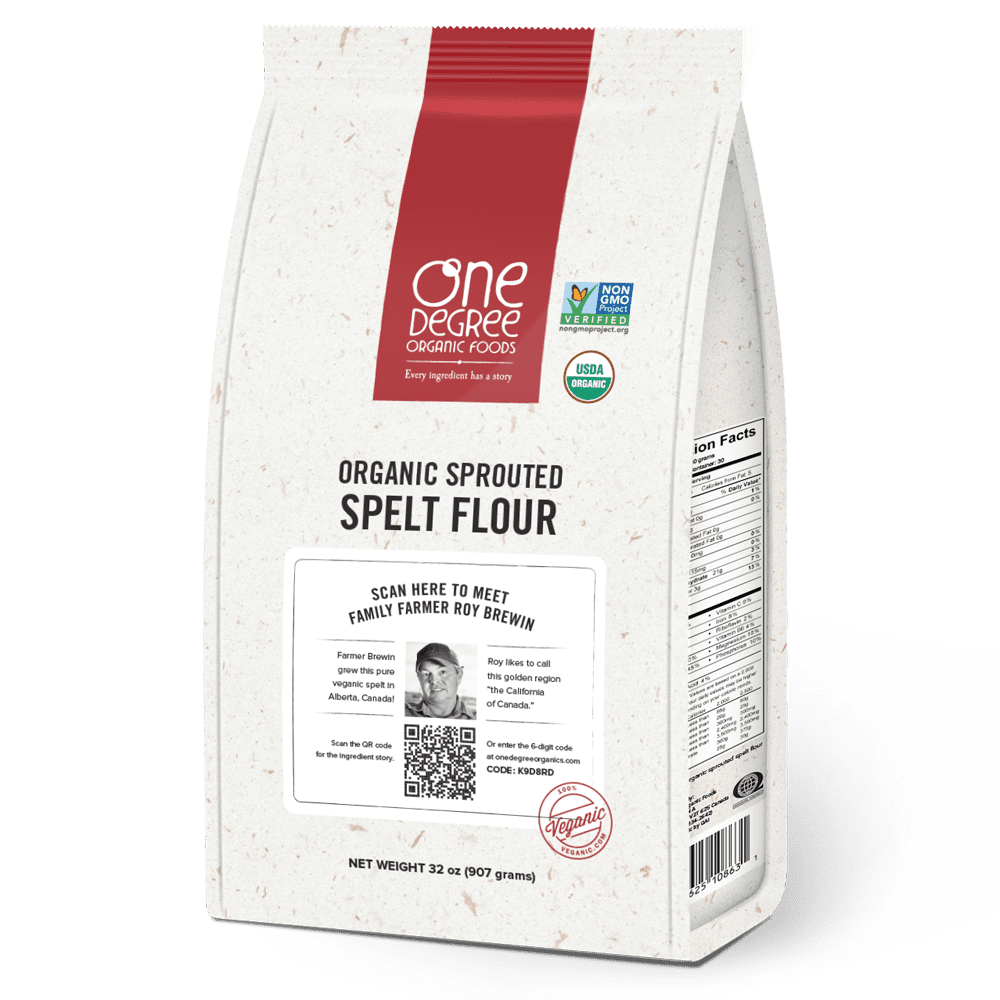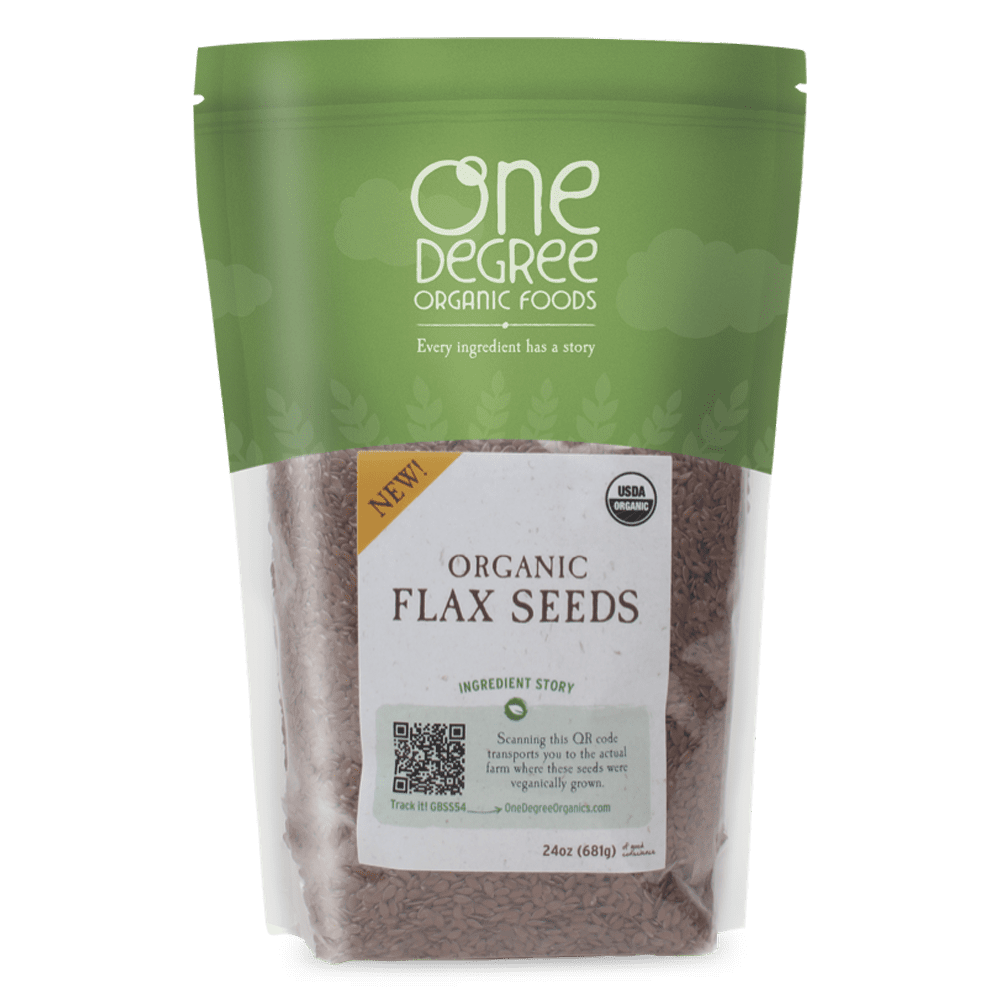Join the Glyphosate-Free Food Movement (An Interview with Max Goldberg)
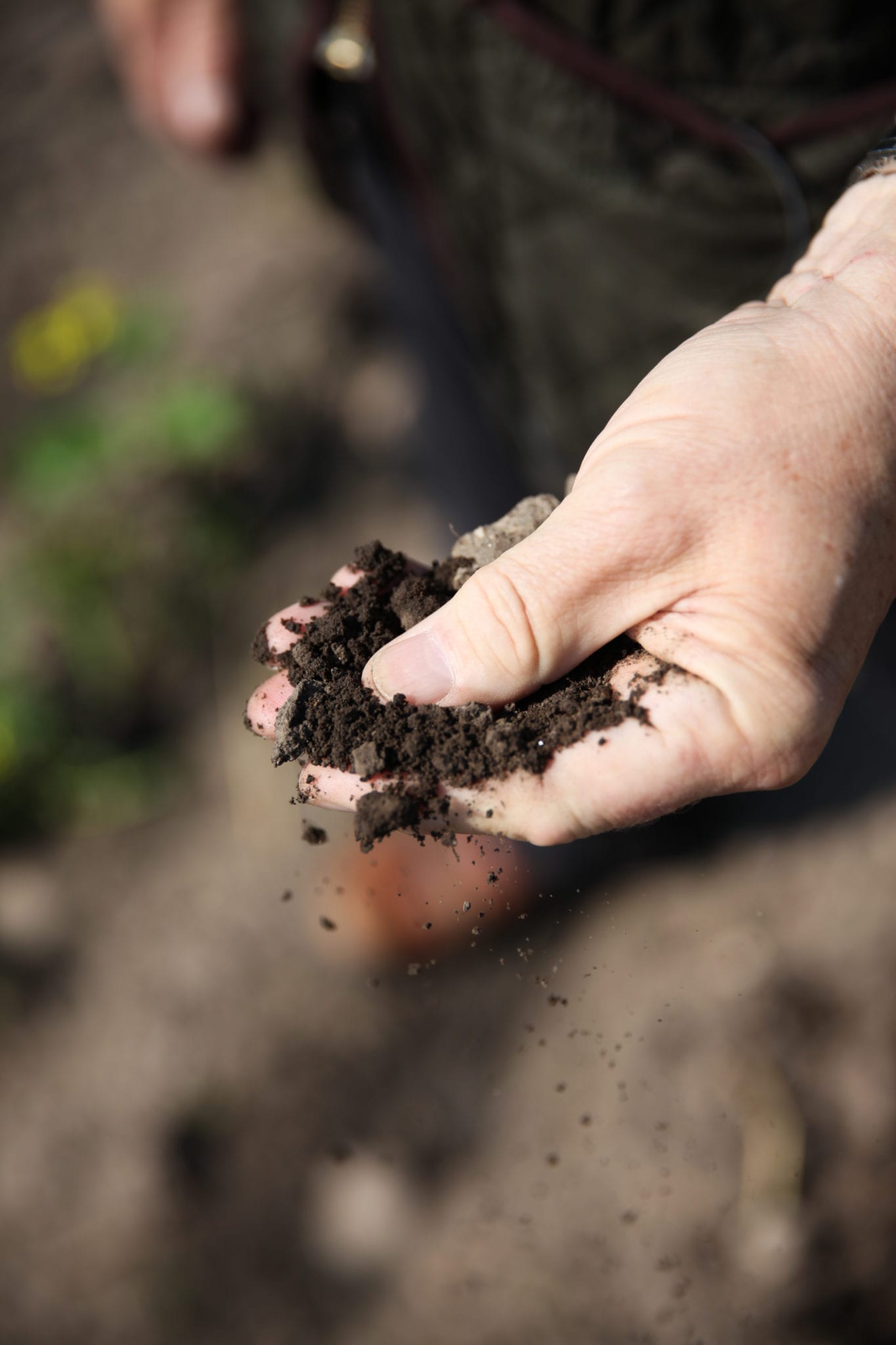
We sat down with Max Goldberg, founder and publisher of Organic Insider, for a conversation on glyphosate. Join the glyphosate-free food movement. Read on to learn more about this controversial herbicide and what we can all do to help limit our exposure.
What is glyphosate and what’s the buzz all about recently?
“Glyphosate is the primary ingredient in Monsanto’s RoundUp, and it is the most widely used herbicide in the world. According to an assessment done by the USGS1 of estimated annual agricultural pesticide use in the U.S., approximately 300 million pounds are sprayed each year on farms, parks, schools and lawns, and 1.65 billion pounds are sprayed globally2. The World Health Organization has concluded it to be a probable human carcinogen3 and it is also known to the state of California to cause cancer4. Further, the U.S. Department of Health and Human Services has claimed that there is a link between glyphosate and cancer5.
Glyphosate is prohibited in organic farming, so the first thing consumers can do to limit exposure is to choose organic. That being said, glyphosate is so widely used today that there is still potential for it to contaminate the organic food supply through drift, so more and more organic brands, like One Degree, are turning to third-party certifications to ensure their customers that their products are glyphosate-free.”
What certifications should people be looking for if they’d like to limit glyphosate exposure?
“The two main glyphosate-free certifications right now are BioChecked and The Detox Project, and consumers can and should look for these labels right on the package to ensure they’re choosing products that are glyphosate-free. While the vast majority of products don’t yet have a glyphosate-free certification, more and more brands are signing on every month.
Glyphosate is in the news often, and this frequency is helping to drive increased interest from both brands and consumers. I am very confident that this is a certification that we’ll be seeing more and more of in the coming years. In my personal view, it is simply a matter of time before glyphosate is viewed in a similar way as asbestos and cigarettes, and it will be irrefutable among everyone how insane it is (was) that we are (were) spraying this on our food supply.”
What does success in eliminating glyphosate from our food system look like?
“To me, nothing short of it being banned would mean success. When we know that there is a chemical like this that is being sprayed on our food supply, lawns, and school playing fields—that the WHO organization has stated is a probable human carcinogen—that should be alarming to everyone. There is currently just not the level of awareness or outrage that we need. In the meantime, I hope other brands follow in your [One Degree’s] footsteps and move forward with third-party testing to ensure that their products are glyphosate-free.”
What steps can consumers take to encourage more glyphosate-testing and champion glyphosate-free brands?
“Consumers need to be relentless in contacting their favorite organic brands and demanding that they test for glyphosate. This is something that is just not happening yet. There are a good number of brands that are testing, but this number needs to be much higher. Consumers must begin to demand transparency from these brands, and pressure them to test and disclose the results on their website.”
At One Degree we make it our business to maintain the highest integrity of clean, organic, non-GMO, and Glyphosate Residue Free foods for you and your family. Although food manufacturers are not required to test for glyphosate residues, we already test for it voluntarily. Because we know the glyphosate-free food movement includes us. All One Degree Organics products have undergone rigorous testing to be certified as Glyphosate Residue Free and display the Bio-Checked Non Glyphosate Certified seal. Behind this extra step is a belief that glyphosate does not belong in our foods or our environment.
Learn more about our commitment to Clean Glyphosate-Free Grains and join us in the glyphosate-free food movement. Scroll down to subscribe to our monthly newsletter, and follow us on Facebook and Instagram for more.
About Max Goldberg
Called “an organic sensation” by The New York Times and named as “one of the nation’s leading organic food experts” by Shape Magazine, Max Goldberg has been covering the organic food industry for the last decade. He is the Founder of Organic Insider, a weekly newsletter read by many of the most influential CEOs in the industry today, and consults with organic food companies all over the world. An organic food activist, Max has written extensively about the health risks of glyphosate and other toxic chemicals.
- U.S. Geological Survey, National Water-Quality Assessment (NAWQA) Project, 2016 Pesticide Use Maps. Accessed July 16, 2019. https://water.usgs.gov/nawqa/pnsp/usage/maps/show_map.php?year=2016&map=GLYPHOSATE&hilo=L&disp=Glyphosate.
- Benbrook, Charles M., Trends in glyphosate herbicide use in the United States and globally. Environmental sciences Europe vol. 28,1 (2016): 3. doi:10.1186/s12302-016-0070-0. Accessed July 29, 2019. https://www.ncbi.nlm.nih.gov/pmc/articles/PMC5044953/
- WHO – International Agency for Research on Cancer (IARC), IARC Monograph on Glyphosate. Accessed July 29, 2019. https://www.iarc.fr/featured-news/media-centre-iarc-news-glyphosate/
- California Office of Environmental Health Hazard Assessment, Glyphosate Listed Effective July 7, 2017, as Known to the State of California to Cause Cancer. Accessed July 29, 2019. https://oehha.ca.gov/proposition-65/crnr/glyphosate-listed-effective-july-7-2017-known-state-california-cause-cancer
- U.S. Department of Health and Human Services, Public Health Service, Agency for Toxic Substances and Disease Registry (ATSDR). 2019. Toxicological profile for Glyphosate. (Draft for Public Comment). Atlanta, GA: U.S. Department of Health and Human Services, Public Health Service. Accessed July 29, 2019. https://www.atsdr.cdc.gov/toxprofiles/tp214.pdf
